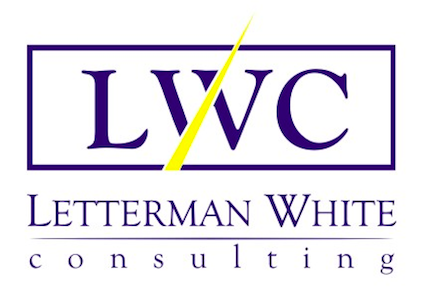By Susan Letterman White
Advice on creating diversity, equity and inclusion in any organization usually begins by directing an assessment and following with changes to meet minimum legal standards followed by training. Although arguably necessary, this formula falls short of being sufficient. After all, what is the formula for transforming ordinary leaders into leaders, who drive the creation of diversity at all organization levels and a culture of equity and inclusion?
Certainly this type of systemic change requires leaders capable of respectful interactions, curious about people’s capabilities that often go unnoticed or discounted, and a willingness to help people achieve. But, even this disambiguation begs the question of why organizations and society-as-a whole are not making enough progress. This article spots the common snags that hold back systemic change to create a more diverse organization with a sustainable culture of equity and inclusion and shares solutions.
The Equity Assessment Snag
Equity assessments often skip measuring cultural indicators of system motivation and readiness for change. Motivation and readiness measure state of mind and emotional power to drive or block change efforts. Equity assessments must assess these measures in three groups of people; those who have the power to make necessary changes, those who have the power to affect the thinking and emotions of others in the organization who can either block or drive necessary changes, and those who will be affected by and involved in change implementation.
Equity assessments are usually quite detailed in what needs to be different and better, but unaware of informal networks where people share and reinforce their values. These networks entrench current attitudes and behaviors and are obstacles to motivation and change readiness. Knowing the opinion leaders and their opinions and the people who have the power to connect people and integrate different values is a data point often overlooked, yet the one that will drive change forward or block it. [1]
Some assessments include a stakeholder analysis; however the definition of stakeholder does not include informal influencers. When defined as a person with vested interest in something and who is impacted by and cares about how it turns out, it excludes those who are not at all interested or are interested in maintaining the status quo. Often, change leaders are unaware of the identities of informal influencers.
Indicia of motivation and readiness to change include assessment of why this change is personally important and degree of willingness to try using new behaviors and the tenacity to continue practicing them when mistakes are inevitable. Equity assessments that investigate organizational culture regarding a growth mindset or individual values regarding equity are rare.
The Talent Cycle Snag
Although it is easy to get experts to agree that people influence organizational performance, those same experts often forget that employee performance is overwhelmingly driven and reinforced by each distinct process in the talent cycle. A detailed review of each process with analysis of its effect on how people think, feel, and act is barely given adequate attention. Similarly, little thought is given to the behaviors considered indicative of capability.
Talent cycle processes, including the identification of decision criteria, are:
Recruiting,
Hiring,
Onboarding,
Performance evaluation,
Development,
Advancement,
Reward and recognition,
Engagement and wellbeing, and
Termination.
Capable performance is often detailed as skill only, yet motivation is equally important. “Expertise, knowledge, and skills will not produce great results if employees are unmotivated.” [2] Instead, people need to understand how their behavior influences a performance measure that personally affects them and they need to care about the personal effect.
If your organization’s talent cycle integrates values that are unimportant to the people you need to drive a change effort or fails to integrate values that are important, motivation wanes where it cannot. When an organization espouses values that are not integrated into the talent cycle, skepticism and distrust enter the culture and undermine change efforts.
Solutions
Find the disconnects between assumptions by top leaders and the beliefs of key groups of employees. To do this, first accurately identify through effective interviews or network analysis three groups of people; those who have the power to make necessary changes, those who have the power to affect the thinking and emotions of others in the organization who can either block or drive necessary changes, and those who will be affected by and involved in change implementation. Then ask the questions that matter. For example, if you were to ask top leaders whether and why creating diversity at all leadership levels of the organization is important and then asked employees the same question, what would you discover? If you discover a lack of alignment, the first step is a strategy to increase motivation for the changes contemplated.
Do a detailed analysis of the effect on employees of each process in each point of the talent cycle. Are any processes causing employees to think, feel, and act in ways that will undermine or fail to catalyze efforts to create diversity at all leadership levels of the organization and a culture of equity and inclusion? If you discover aspects of the talent cycle that are creating skepticism or failing to motivate employees effectively, then overhaul the talent cycle to create the motivation necessary.
Eagerness to engage in training before sufficient system motivation and readiness is a waste of time and money. Even worse, it can worsen the culture by increasing skepticism. All too often, employees consider training to be a “check-the-box” activity for meeting the minimum standards set by law. Instead, avoid this ending by first building sufficient motivation and readiness for change.
[1] P. Gray, R. Cross, M. Arena, “Use Networks to Drive Culture Change,” MIT Sloan Management Review, November 30, 2021 https://sloanreview.mit.edu/article/use-networks-to-drive-culture-change
[2] E.E.Lawyer, “What Makes People Effective?” in Organization Development (Joan V. Gallos, ed.) 2006


